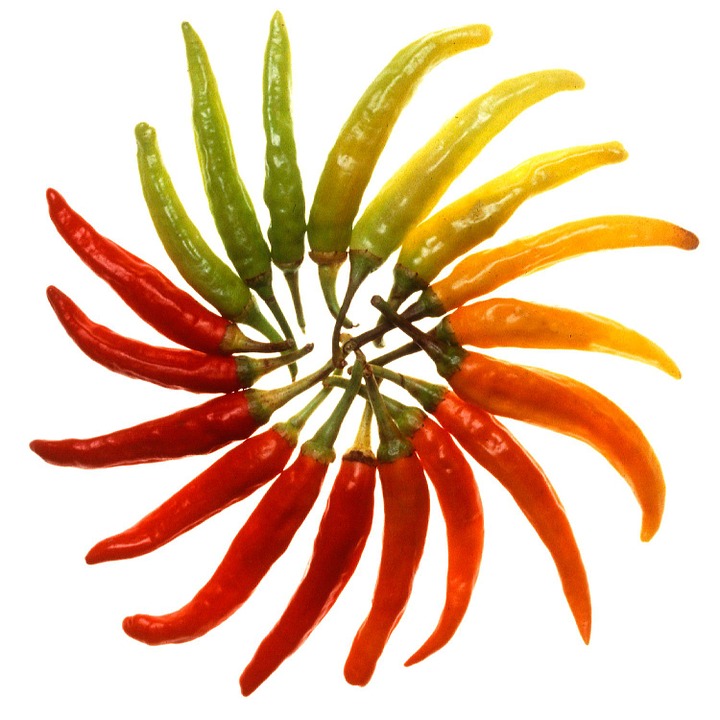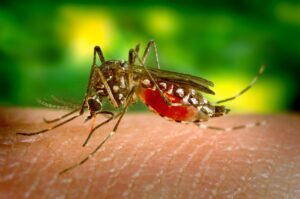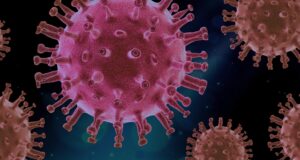Can Eating Chilli reduce the Risk of Heart Attack and Stroke?

By Neucrad Health News Desk December 21, 2019
Chilli Peppers- A Magic Spice Reducing the Risk of Heart Attack and Stroke.
Do you love to add an extra dose of chilli peppers in your favourite dish to impart a spicy twist to it? Do you tend to order delicacies rich in red chilli flakes whenever you eat out? If these are related to you, then according to the latest food research, you are on the right track. A recent study conducted in Italy among a group of 23000 individuals approximately (some of them had chilli in foods, while others did not) established that consuming chilli regularly in diet can reduce the risk of fatality from a heart attack by a whopping 40 per cent.
What is the outcome of the study on the beneficial effects of chillies?
For many decades, scientists and physicians often recommend the use of a moderate amount of chilli in foods thanks to its therapeutic properties. This latest relationship between the consumption of chilli and reduction in heart ailments will further enhance the demand of the popular spice. Marialaura Bonaccio, the lead author of this study and a reputed epidemiologist at the Mediterranean Neurological Institute (Neuromed) also opined that the decrease in mortality due to stroke after the in-take of chillies is independent of nature and cooking styles of food items.
Licia Iacoviello, a famous professor at the University of Insubria in Varese further advocated that our ancestors were well aware of the health benefits of chillies, and passed it down as a crucial member of Italian food culture. Food specialists in China and the United States also support the use of capsicum and other forms of chillies in various delicacies as it helps in imparting a beneficial effect on the circulatory system.
Nutritional Facts of Chilli Peppers

Chilli peppers or Capsicum annuum have been used as a flavouring agent in foods across the globe thanks to their hot taste. According to a nutritional analysis conducted by the United States Department of Agriculture, 1 tablespoon or 15 grams of the spice contains 6 calories, 88 per cent water, 0.3 grams protein, 0.1 grams fat, 0.2 grams fibre, 0.8 grams sugar, and 1.3 grams carbohydrate. It also acts as a rich source of vitamin A, C, B6, K1, potassium, and copper. However, since we do not consume chilli in bulk, they do not contribute much in the regulation of vitamins and trace elements in our body. Reports suggest that the alkaloid and antioxidant content increases in chillies as they mature.
What are the active ingredients present in chilli?
Chilli is a good source of many active ingredients (antioxidant carotenoids), including capsaicin, capsanthin, violaxanthin, lutein, sinapic acid, and ferulic acid. Capsanthin is the primary carotenoid present in red chillies. It imparts the red hue to the spice and also helps in fighting cancer. It contributes to approximately 50 per cent of the total carotenoid available in chilli pepper. Violaxanthin is another significant carotenoid antioxidant in chilli. It is abundant in yellow chilli peppers and can account to up to 37–68 per cent of its total carotenoid content. Green chillies are rich in lutein. The level of this alkaloid reduces as the chilli matures and turn red. It helps in improving eyesight.

Capsaicin is one of the majorly studied active ingredients associated with chillies. It confers the hot flavour to this popular spice. Sinapinic acid and ferulic acid are other significant antioxidants present in chilli pepper. It promotes a range of health benefits and protects the system against chronic diseases.
This was a brief analysis of the health benefits of chilli peppers and its contribution to reducing the risk of fatality from a heart attack and strokes in cardiac patients.








